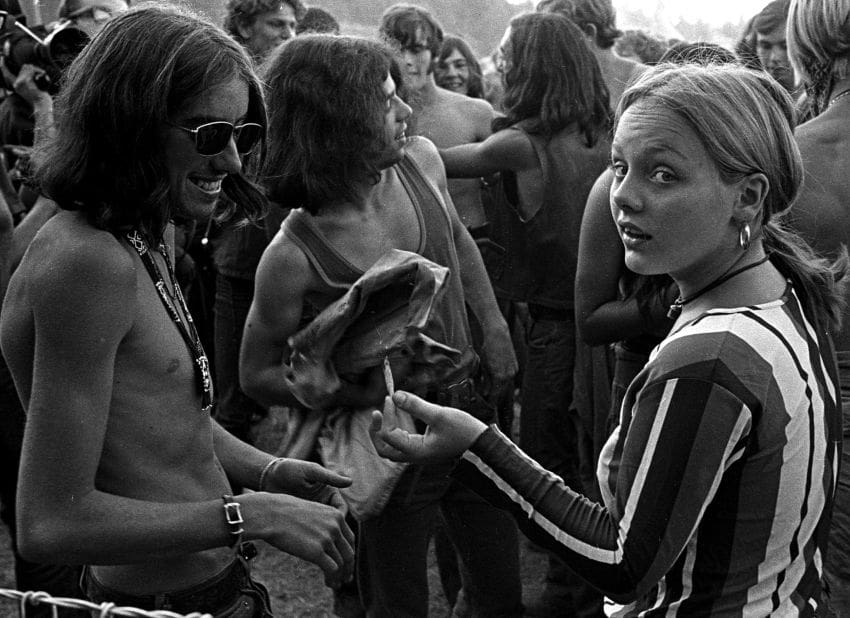Humans have consumed cannabis since at least 500 B.C.E., but it’s not like we’ve been rolling fatties or hitting resin-coated rigs this entire time. For a large part of our history with the plant, we ingested it orally or inhaled its smoke using wooden pipes or something similar.[1] Water pipes and rolling papers are fairly recent developments in human/cannabis history.
The use of rolling papers with cannabis has an interesting past because, from what we know, joints were invented for pure recreation. Pipes and ingestants have a history of recreational use, sure, but a large part of their historical use was medicinal and/or ceremonial.
The joint’s been a smokey treat since at least the mid-late 1800s, starting in Mexico and eventually rolling north before lighting up the globe.











